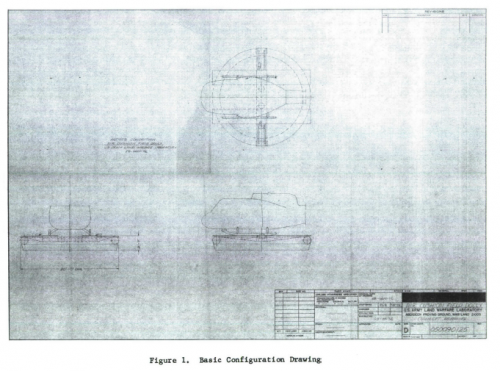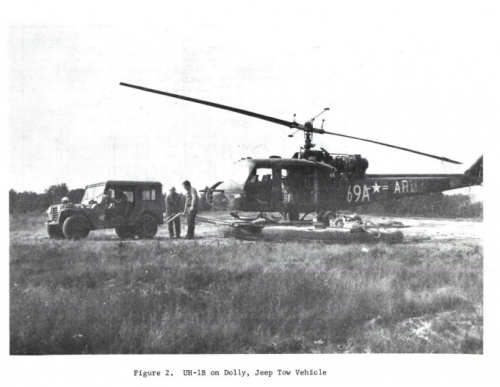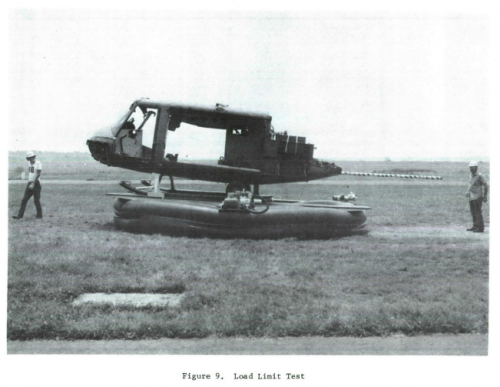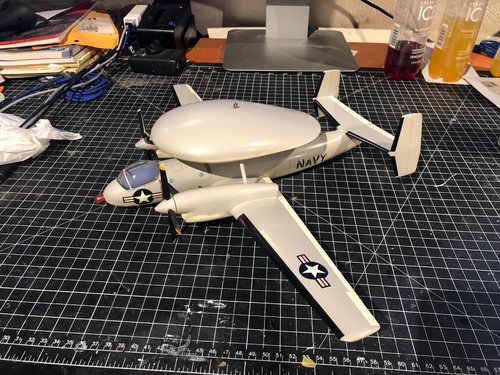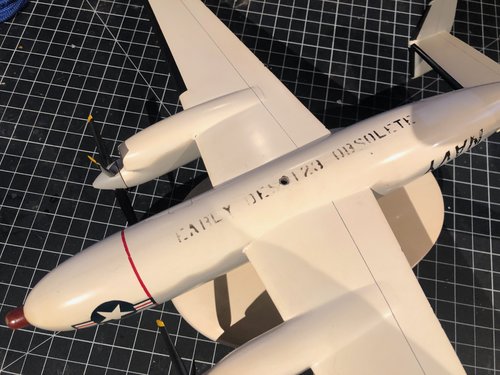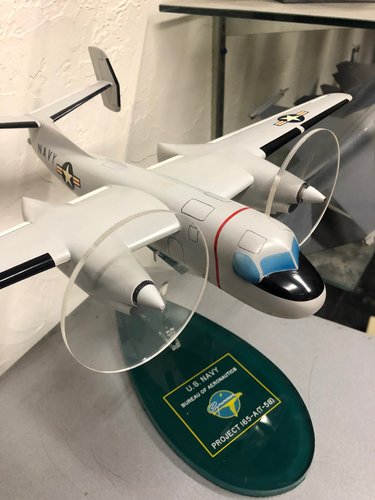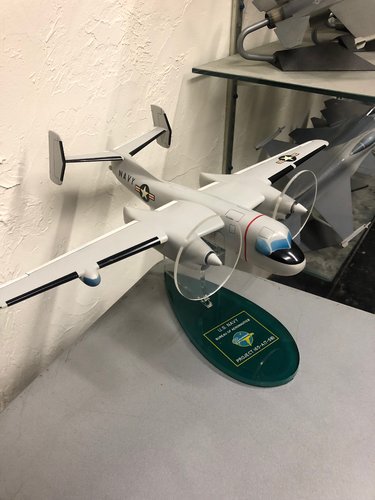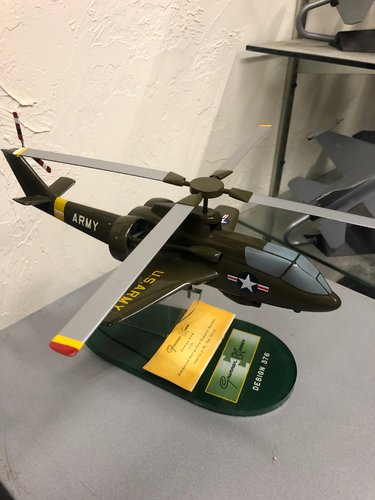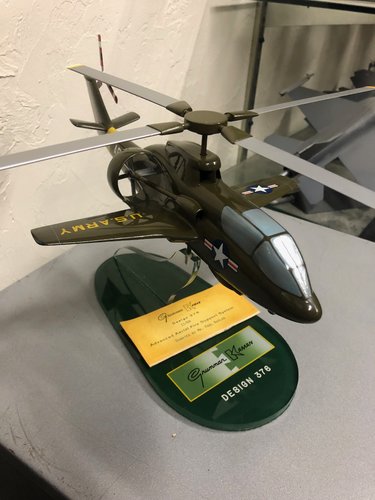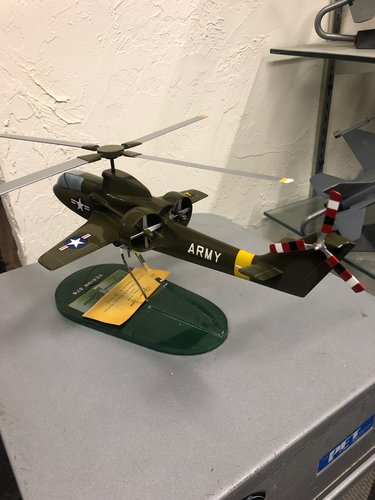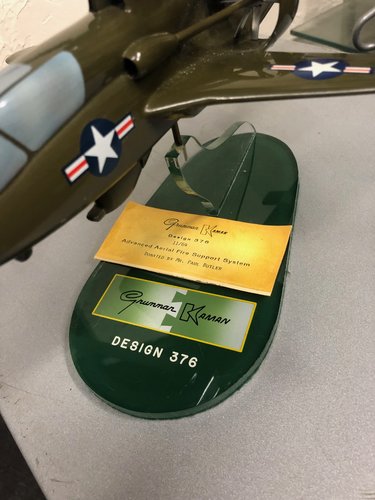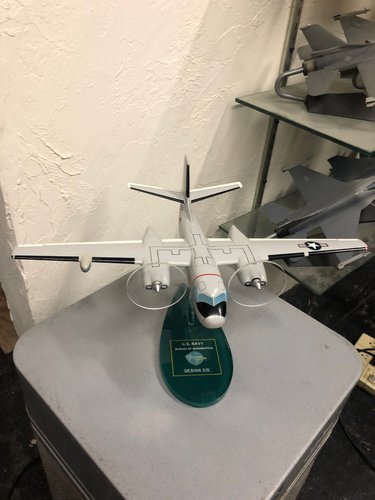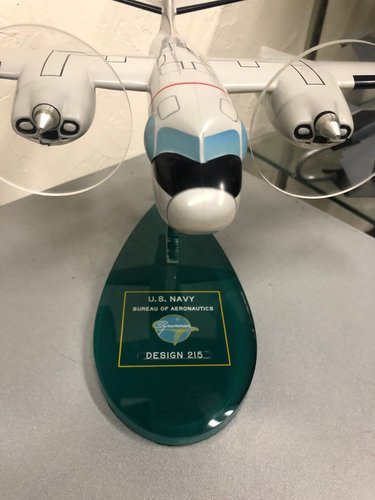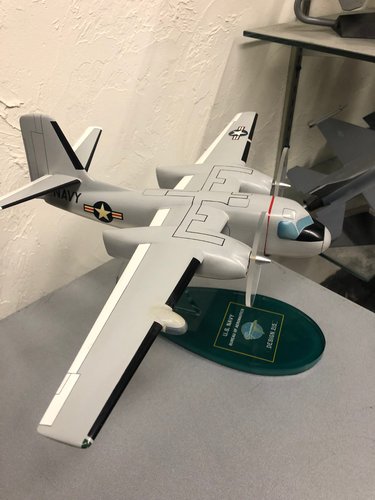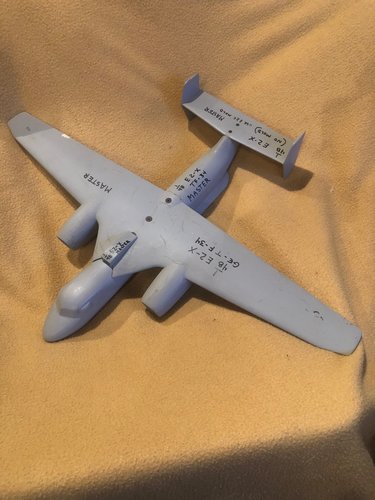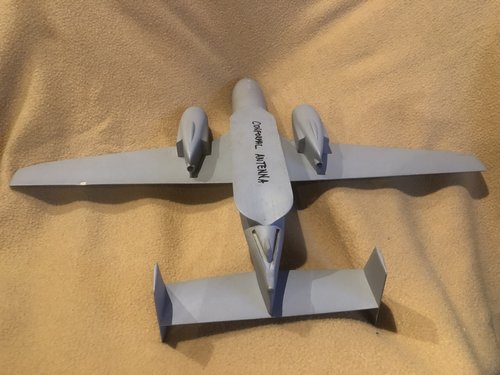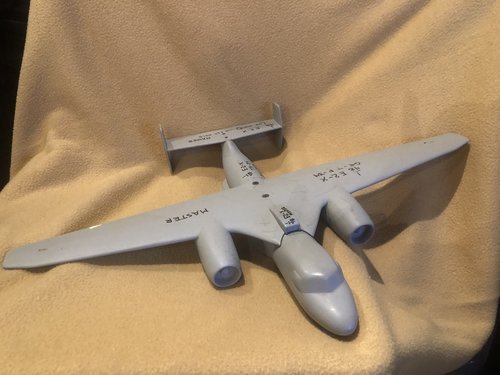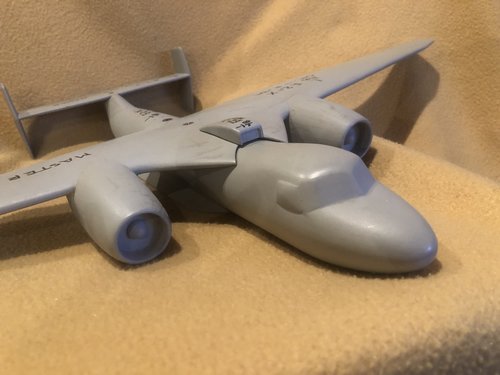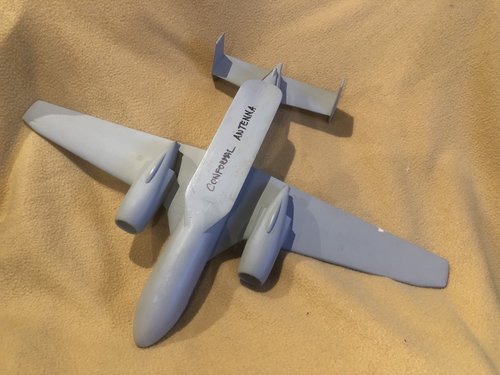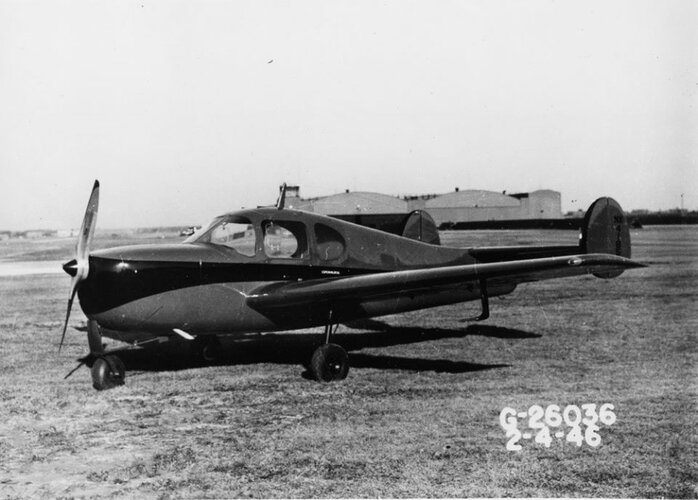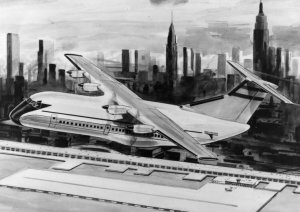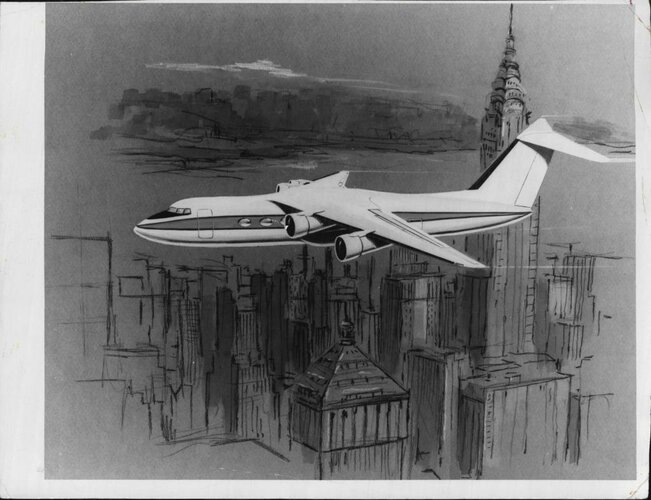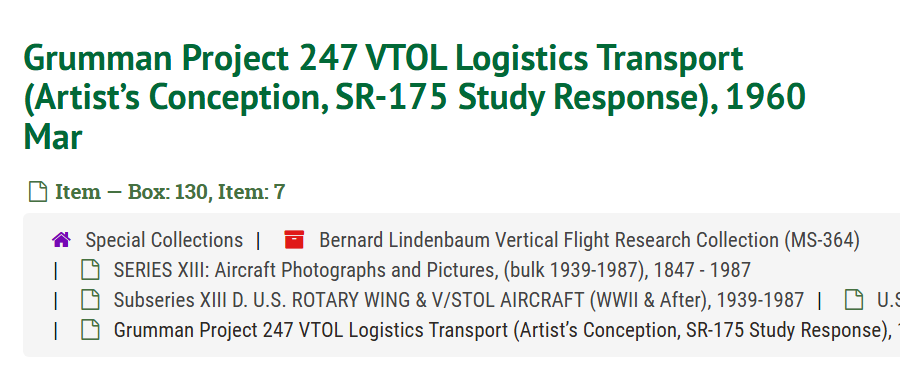Also in 1968, the UMTA began asking for bids from various aerospace companies around the world to build high-speed vehicles for the U.S. All sorts of companies had an aerospace division in the late 1960's. Especially in the U.S., which was working on sending astronauts to the moon of all places. So of course Rohr knew it had the right vehicle for the UMTA contract and thus put in its bid for it.
In 1969, Westinghouse Electric Corp. was doing studies investigating the power needs for 300 mph tracked air-cushion vehicles, 250 mph linear induction motor-driven rail vehicles, 250 mph wheel-driven vehicles, and 200 mph wheel-driven rail vehicles. Areas of study were on power systems, power distribution, power collection, and power conditioning.
Eventually in 1971, the UTMA selected three aerospace companies as candidates for a new high-speed ground transportation (HSGT) system to solve the future's traffic problem:
- Garrett Corp.
- Grumman Aerospace Corp.
- Rohr Industries, Inc.

